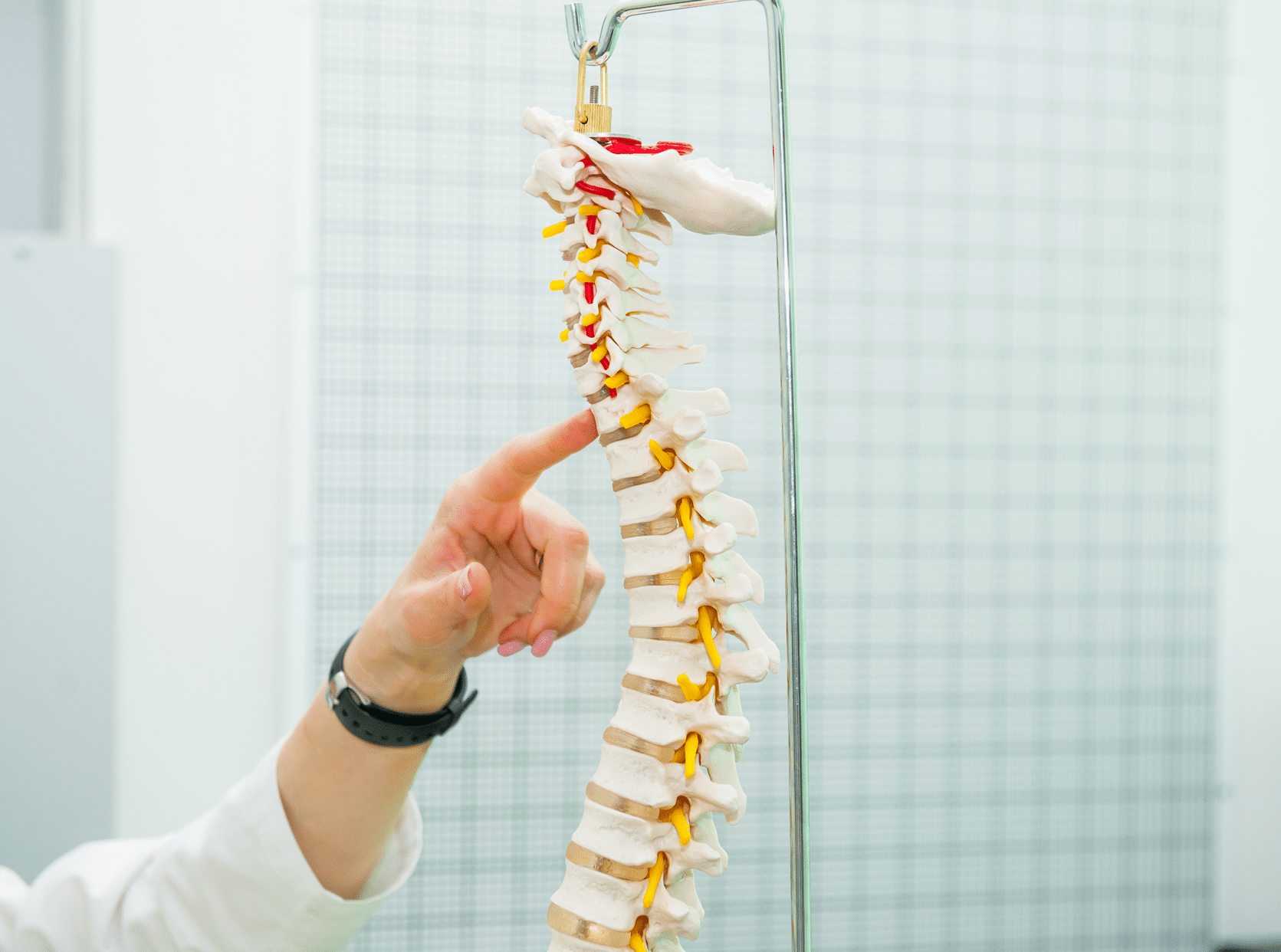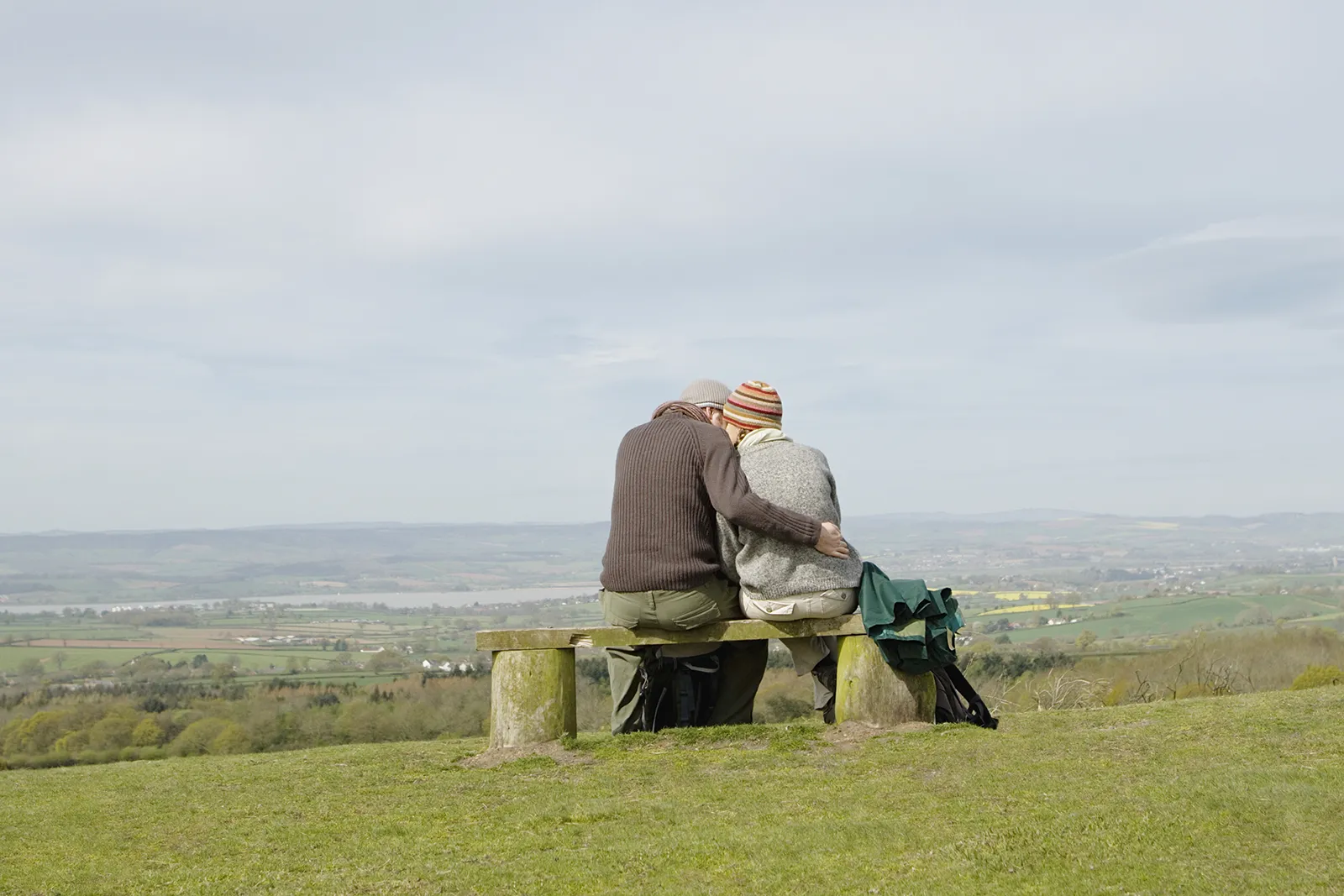Last year, the Care Quality Commission published a comprehensive review of its findings from adult social care inspections conducted between October 2014 and February 2017. Following the introduction of a new inspection framework, around 24,000 care facilities were graded as to whether the services provided were: safe, effective, caring, responsive and well-led. Whilst there were certainly some positive statistics that emerged, the data gathered from over 33,000 inspections also highlighted areas in which the adult social care system needs vast improvement, most notably in respect of safety.
The State of Adult Social Care Services
The CQC report found that a quarter of the social care locations inspected were not meeting the required standards when it came to protecting service users from avoidable risk and abuse. Twenty three percent of these care providers were found to require improvement, with a further two percent deemed inadequate. Whilst alarming in themselves, these worrying statistics are compounded by the revelation that, of the categories assessed during inspection, safety had the lowest overall rating.
Poor staffing levels and medication mismanagement were identified as two key factors in providers failing to meet care safety standards. For example, inspectors found that care home residents did not have their needs met when there were too few staff to answer alarm calls promptly or to safely assist people to dining areas. Incorrect administration of medication and a lack of knowledge from staff about medications and their side-effects were also pinpointed as examples of poor care which impacted upon the safety of service users.
What Does This Mean for People in Care Homes and Their Families?
In light of the findings on the issue of safety, and the overall statistic that 19% of residential homes and 32% of nursing homes were rated as requiring improvement or inadequate, it’s hardly surprising that there are still so many press reports about social care providers failing to meet their duty of care in protecting service users from the risk of harm.
For families who need to use the services of a care home or domiciliary care provider to look after a loved one, the CQC’s findings on safety may make for disconcerting reading as they reaffirm many people’s concerns about negligent care in residential and nursing homes. However, they also highlight the importance of taking a proactive stance on behalf of service users – for example, undertaking thorough initial checks on care providers, monitoring the subsequent care of family members (in addition to the formal inspections carried out by the CQC), reporting abuse, harm or neglect and taking legal action where appropriate.
CQC Social Care Report Findings
On the issue of inadequate care, the CQC report states that, “Whatever factors have contributed to poor care, it is important that providers take action to protect people, improve their service and deliver on the legal obligations they accept when registering with CQC.”
In response to the general findings, the report acknowledges that although some areas of care are satisfying regulatory standards, “the variability in services means that too many people are experiencing care that we would not want for anyone we love. The difficulties some providers experience in making improvements and the deterioration we have seen in services originally rated as good or outstanding, point to a fragility in the sector that needs to be addressed.”
The report summary continues, “Ensuring people are at the heart of everything we do will help all of us who work in adult social care make a difference for people using services, their families and carers. This is what CQC will continue to focus on by setting clear expectations; monitoring services, inspecting and rating them; celebrating good care and sharing good practice; ensuring providers know what action they need to take to improve; and taking action if they do not.”
Georgina Parkin a solicitor and director at Truth Legal, specialising in care home compensation claims on behalf of victims and their families said: “My experience gained through pursuing claims for service users injured in care homes is that too many care homes fail to do all they can to prevent injuries happening to their residents. An injury to an elderly person can often go undetected for some time. It ought to be the Number One aim of any care home: to keep their residents safe from harm. Too often this is not the case.”
While a criminal prosecution might punish the care home management for their failings, this may be of little comfort to you if you or a loved one has suffered as the result of neglect. Compensation can never make up for such treatment, but it may ease financial difficulties that arise from it. Truth Legal are specialists in this area of law, and we represent injured people throughout the country.
If you have been injured in a care home, or if you are the relative of someone who has suffered injury in a care home, and you want a confidential, no-obligation consultation, please get in touch with one of our specialist solicitors today.
Further Reading
From one of the UK’s most read legal blogs.











